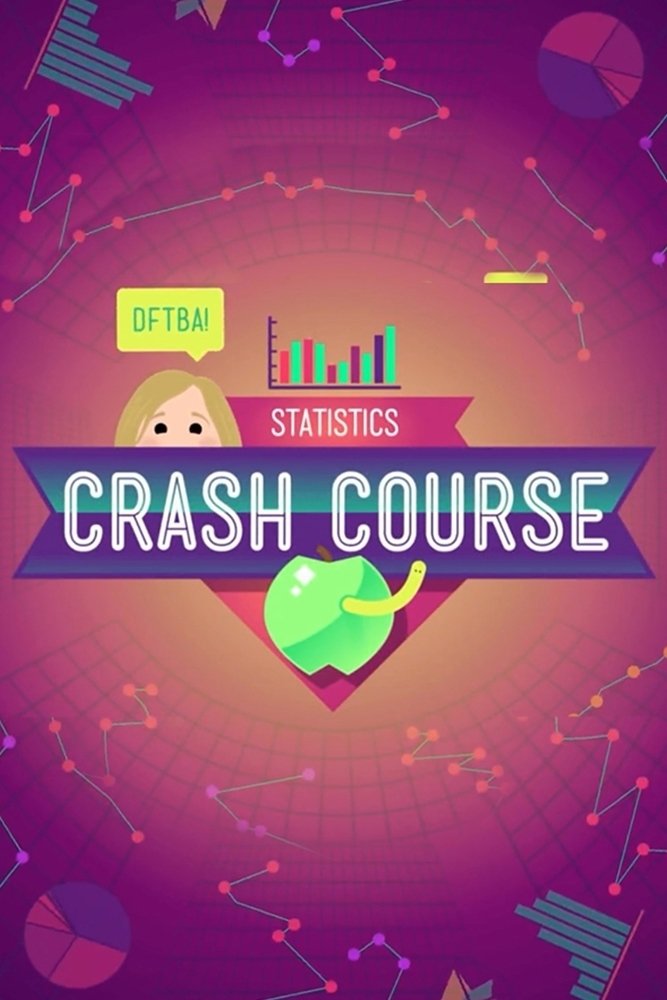
Today we're going to introduce one of the most flexible statistical tools - the General Linear Model (or GLM). GLMs allow us to create many different models to help describe the world - you see them a lot in science, economics, and politics. Today we're going to build a hypothetical model to look at the relationship between likes and comments on a trending YouTube video using the Regression Model. We'll be introducing other popular models over the next few episodes.